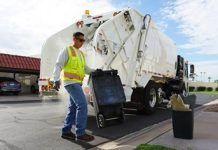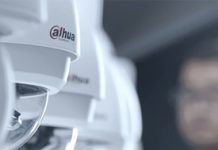Beginning in August, U.S. Customs and Border Protection (CBP) will begin piloting a new face recognition system at the Mexican border. Using a series of cameras, the CBP plans to use face recognition to remotely check the identifies of both drivers and passengers.
Called the Vehicle Face System (VFS), the program will track drivers and passengers on either side of the crossing at the Anzalduas port of entry in Texas. The camera will capture images of everyone in a car, then compare it to a federal database of face images, sourced from passports, visas, and travel documents. At best, face recognition automates the lengthy process of checking and verifying IDs. At worst, it’s a highly invasive and targeted form of surveillance.
“This is an example of the growing trend of authoritarian use of technology to track and stalk immigrant communities,” Malkia Cyril, the executive director of the Center for Media Justice, told The Guardian. “It’s absolutely a violation of our democratic rights, and we are definitely going to fight back.” The VFS pilot uses sophisticated DSLR cameras that capture images at multiple focal lengths. As The Verge reports, traditional cameras have trouble taking high-quality images of people in cars, as reflections from the windshield can confuse the recognition system.
CBP reportedly tested the system in 2016, capturing more than 1,400 images, but never publicly revealed its accuracy. That’s worrying, as researchers have shown that face recognition can be hugely inaccurate. An audit of face recognition technology in Wales revealed a staggering 90 percent misidentification rate. In the U.S., face recognition software proved routinely less accurate when tested on non-white faces than white ones. The consequences of false-positives are high: additional searches, police intervention, and all that goes with that. For false negatives: People can enter or leave the U.S. under false pretenses. CBP wouldn’t comment on how accurate its system is, but confirmed it’s working on an internal “privacy impact assessment.”
Face recognition is fast becoming a standard part of homeland security in the U.S., despite its lingering problems. A 2017 report examining face recognition in airports found similar identification issues and suggested that federal officials were misleading passengers on whether face scans were mandatory.








